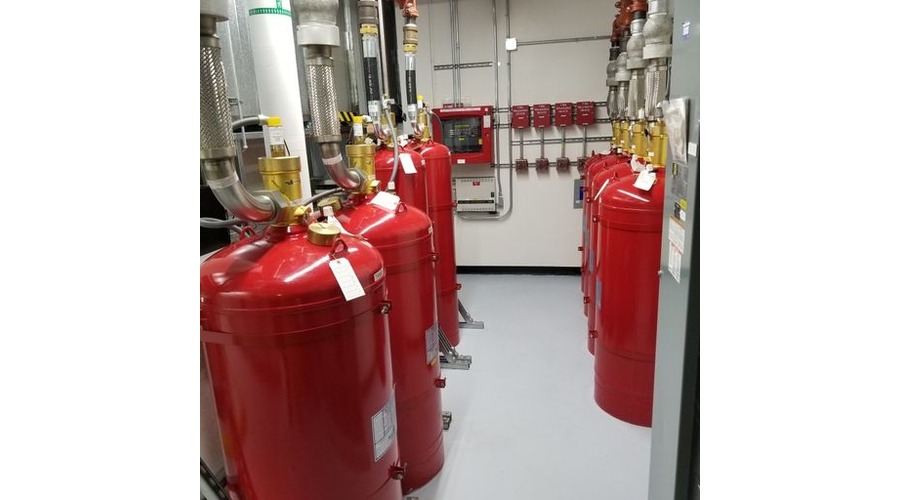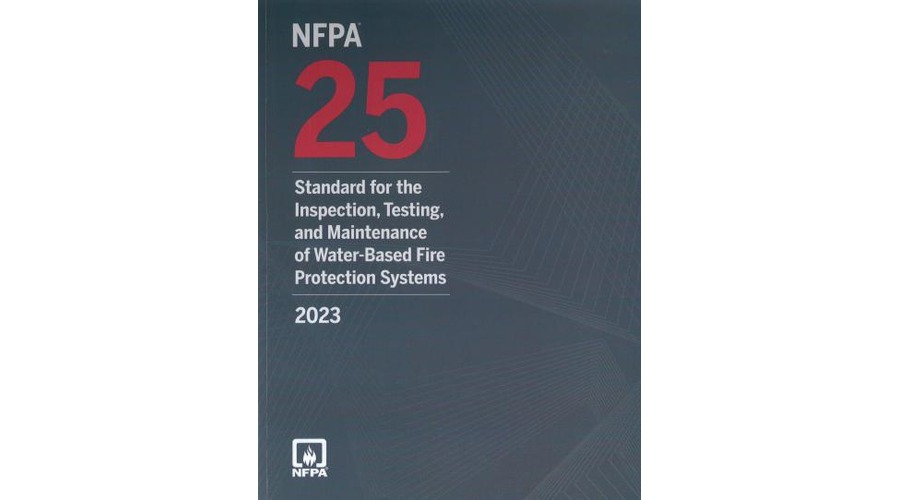

How Water Mist Systems Work:
A Detailed Breakdown
Water Mist System Overview
Water mist fire protection systems offer a modern and efficient alternative to traditional sprinkler systems. These systems combining advance technology with practical benefits. These systems utilize fine water droplets to create a mist that cools the fire and reduces oxygen levels. This effectively suppresses flames while using less water. This approach not only minimizes water damage to property. But also makes water mist systems suitable for delicate environments where traditional sprinklers might cause harm. If you own property, such as data centers, museums, and healthcare facilities, these would be the best fire safety choice for you.
In addition to reducing water usage and potential damage, water mist systems are highly versatile and adaptable for various applications. Their effectiveness in confined spaces and ability to protect sensitive equipment make them an attractive choice for high-value or critical areas. As we read further into the benefits and use cases of commercial mist fire systems. It becomes clear why they are a valuable option in modern fire protection strategies. Understanding these advantages can help you make an informed decision about whether a water mist system is for you.
What Is A Water Mist Fire Suppression System?
Water mist fire suppression systems are sprinkler systems that extinguish fire by using very small droplets (or mist) of water. Unlike standard sprinkler systems, the piping on water mist suppression systems is much smaller and typically has much higher system pressure.
Due to the cooling effects and oxygen displacement, the distribution of water mist fire suppression systems provides a bit more flexibility than standard sprinkler systems. For this reason, water mist fire sprinkler are better suited for certain situations (some similar to clean agent systems), like computer rooms and data processing equipment rooms.
What Is The Purpose Of A Water Mist System?
Water mist fire protection systems used to be more niche, but advancements in technology, in addition to the phasing out of Halon systems, have led to an increased prevalence over the past few decades. In particular, water mist fire protection have become popular in spaces where only limited water can be stored and/or discharged.
Some applications of these fire misting systems include, but are not limited to:
- Computer rooms
- Data processing room
- Machinery Spaces
- Road Tunnels
- Shipboard – passenger cabins, corridors, and public spaces
Despite historically specific use cases, mist suppression systems are not one-size-fits-all solutions. With various piping and distribution methods, water mist fire sprinklers can fit a wide range of applications.
How Do Water Mist Systems Work?
Like fire sprinkler systems, water mist systems are intended to be activated in the event of a fire, suppress and even extinguish flames. The nozzle on a water mist system can be activated automatically, nonautomatically, or even electronically by some sort of fire detection or control equipment. The systems themselves come in various types, including wet, dry, deluge, and pre-action. Wet pipe systems use automatic nozzles that discharge water immediately when extreme heat is detected. Dry pipe systems are filled with some sort of air (typically nitrogen or some inert gas) that releases when introduced to heat and allows the water to flow. Deluge systems utilize a valve that is connected to an independent detection system; pre-action systems.
On the other hand, perhaps the most complicated of the four and serves as a bit of a hybrid between dry and deluge systems. Since they contain valves, a supplemental detection system, and some sort of air that may or may not be pressurized.
The systems themselves come in various types, including wet, dry, deluge, and pre-action. Wet pipe systems use automatic nozzles that discharge water immediately when exposed to extreme heat. Dry pipe systems, on the other hand, are filled with air (usually nitrogen or another inert gas). When heat is detected, this air is released, allowing water to flow through the pipes. Deluge systems operate with a valve linked to a separate detection system, which opens the valve and releases water when a fire is detected. Pre-action systems are the most complex; they combine elements of both dry and deluge systems. They include valves, a supplemental detection system, and an air supply that may or may not be pressurized.
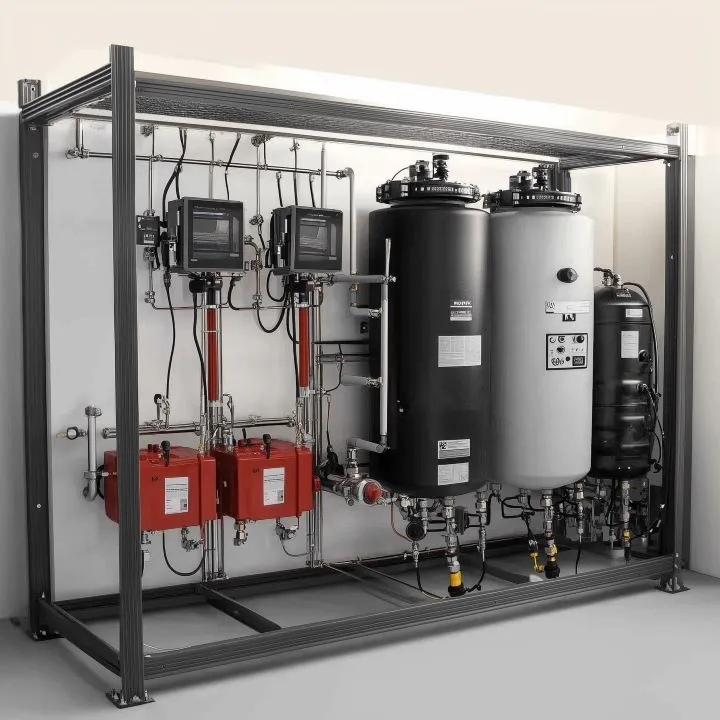

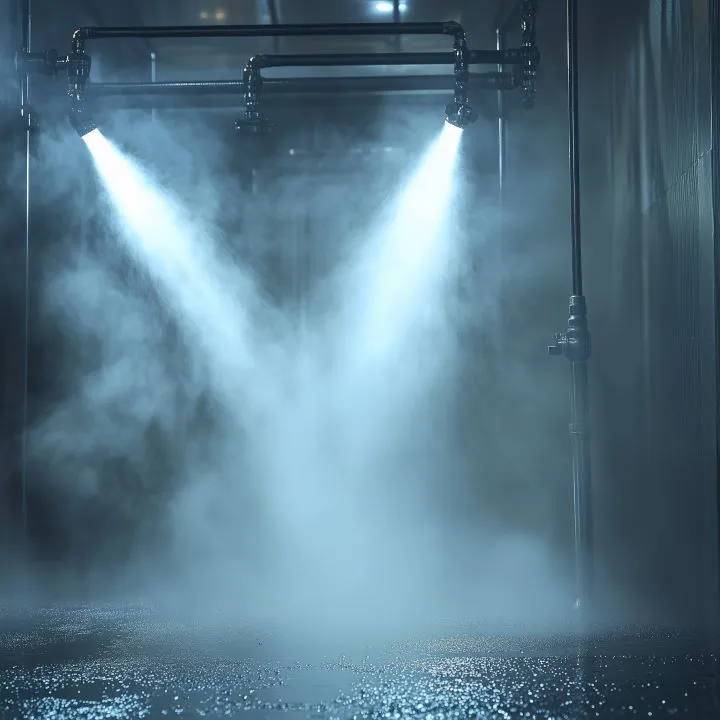

Water mist systems offer flexibility in their application. They can be targeted precisely at specific hazards or objects for localized protection, or they can flood an entire compartment with mist to provide comprehensive coverage. Additionally, water mist systems can be either single or twin-fluid systems. Single-fluid systems only utilize a single set of distribution piping. Twin-fluid systems, on the other hand, deliver water and some sort of atomizing fluid/media through another distribution piping system.
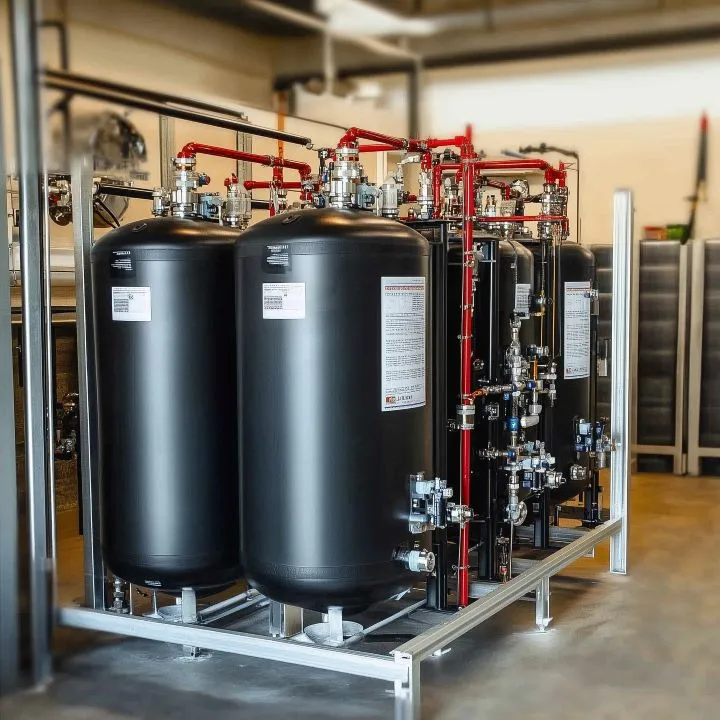



Water Mist Fire Fighting Solutions
What’s The Difference Between A Sprinkler System And A Water Mist System?
Perhaps the most obvious difference between sprinkler systems and water mist systems is the droplet size and the amount of water used. Droplet size for water mist systems varies somewhat but is generally much smaller than that of standard fire sprinkler systems. Because of this, the piping itself is also smaller. Additionally, water mist systems typically use far less water than fire sprinkler systems.
water mist fire systems are generally better suited for situations in which there is less room for tanks and storage. Another pro for water mist systems is the reduced amount of water damage. However, higher system pressure is a notable trade-off.
Water Mist Fire Sprinkler FAQS
Is a mist fire sprinkler system right for your building?
Curious about cleaner, smarter fire suppression? A water mist fire sprinkler system delivers powerful protection with minimal water use, making it a smart choice for modern commercial buildings, data centers, hotels, and more.


Join the Newsletter
Get the latest fire safety tips delivered straight to your inbox.

